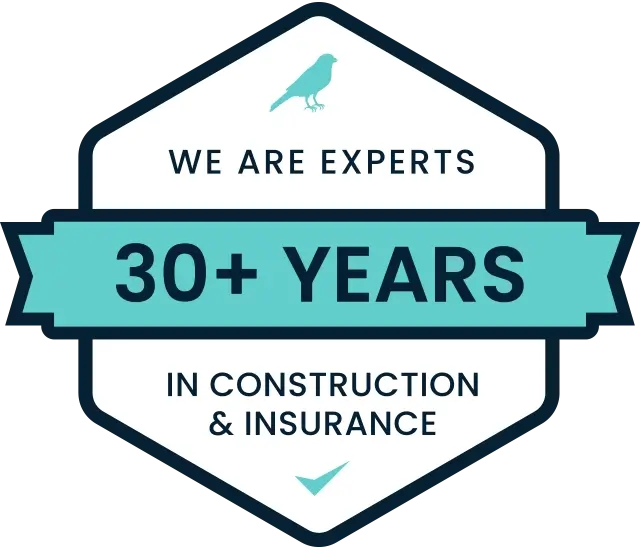Virtual Home-Assessments for Mutuals: Modernizing Renewal Workflows and Results
Why Mutuals Are Modernizing Now
Mutual carriers are navigating a tough mix of pressures: combined ratios under strain, staffing constraints in underwriting and inspections, and rising CAT activity that drives loss severity. At the same time, members still expect the service, stewardship, and community focus that define mutual values. Virtual assessments offer a practical way to reconcile those forces. By introducing condition‑based property intelligence into the renewal inspection process, mutuals can focus limited resources where risk truly changes, improve pricing accuracy, and create a better experience for members and agency partners.
This guide outlines how digital inspections work in insurance contexts, why they outperform drive‑by or checklist reviews, and how mutual carriers use Chrp to identify, prioritize, act, and measure improvement across their renewal books.
Where Traditional Renewal Inspections Fall Short
Traditional renewal reviews often rely on irregular cadences, self‑reported changes, or costly fieldwork. The result is a renewal inspection process that struggles to keep pace with real property changes and underwriting needs.
Common gaps include:
- Irregular cadence: Reviews drift based on calendar schedules rather than condition signals.
- Self‑reporting dependence: Homeowners may forget to disclose additions or improvements, or may not understand what is material.
- Field cost and coverage: Drive‑by or on‑site inspections are expensive and hard to scale across a portfolio.
- Documentation gaps: Decisions are not always accompanied by audit‑ready evidence.
What “Digital Inspections” Actually Mean
“Digital inspections” in insurance are not just photo uploads. They combine multiple signals and workflow steps that together create a faster, more accurate lens on renewal risk.
- Condition‑based signals: Roof aging and wear, visible structural changes, accessory structures, vegetation/defensible space, presence of pools or solar, EV charging, and more.
- Imagery analysis: Aerial and street‑level views interpreted with AI to detect changes and risk‑relevant features.
- Third‑party enrichment: Weather and hazard exposure, local risk indicators, and policy context.
- Automated flagging: Rules and models that trigger a digital self‑inspection or a targeted underwriting review only when warranted.
Compared to drive‑by or checkbox reviews, digital inspections are consistent, documentable, and scalable across an entire book. Underwriters see what changed and why it matters, not just a static snapshot.
The Mutual Carrier Playbook With Chrp
Mutual carriers use Chrp to modernize the renewal inspection process without sacrificing the member experience.
1) Identify: Book‑of‑business scan
Run a periodic scan to find likely changes across in‑force policies. Typical examples include roof aging, added outbuildings, pools or enclosures, solar installs, or expanded living space. The goal is to surface where risk shifted, not to inspect everything.
2) Prioritize: Risk tiers to focus time
Chrp assigns tiers that help underwriting and loss control focus on the segments most likely to produce loss ratio deterioration or E&O exposure. Low‑risk renewals pass through with no added work; medium‑ and high‑risk renewals receive targeted attention.
3) Act: Request only the inspection you need
For a subset of policies, Chrp facilitates streamlined self‑inspections members can complete on their schedule. Underwriters receive condition evidence and feature verification in a consistent format. Coverage changes, endorsements, or eligibility decisions can be made with clarity, and all documentation drops into the policy file.
4) Measure: Show the results
Track the reduction in undisclosed hazards, the improvement in premium adequacy, and the trend in loss ratio by segment. Feed those learnings into cadence rules, so future inspections happen at the right time based on condition, not just the calendar.
Operational Wins for Mutuals
Digital inspections do more than sharpen underwriting. They help mutual carriers operate with the speed and transparency members appreciate.
- Faster cycle times: Targeted inspections shorten decision windows and avoid back‑and‑forth with agents.
- Fewer surprises: Condition‑aligned coverage at renewal reduces claim disputes and rescissions.
- Defensible files: Every renewal decision is backed by timestamped imagery, feature detection, and documented rationale, which supports internal audits and reinsurance discussions.
- Earlier alignment: Quote and endorsement accuracy improve earlier in the policy life cycle as condition insight flows forward into new business and midterm changes.
Objections and How to Address Them
“Will this create more work for our team?”
Digital inspections narrow attention to the policies where risk changed. Low‑risk renewals flow through with no added effort, while high‑value interventions are focused and fast.
“How will members feel about it?”
Members prefer clarity and convenience. Self‑inspections respect their time and reduce post‑bind surprises. In survey feedback, many carriers report that younger insureds appreciate the mobile experience and the ability to complete tasks at their convenience.
“What about data privacy and compliance?”
Chrp supports secure workflows with role‑based access, audit trails, and policy‑file artifacts. Standard governance practices—retention policies, change logs, and documentation—are baked into the process so teams can satisfy internal and external reviews.
Putting It All Together
Digital inspections meet mutual carriers where they are: committed to member service and community impact, yet accountable for financial discipline. A renewal inspection process guided by condition‑based data enables teams to see risk shifts earlier, allocate underwriting attention more effectively, and prevent claim‑time surprises that erode trust.
Modern renewals lead to better outcomes: fewer unknowns, more accurate pricing, and stronger documentation that supports both reinsurance conversations and member relationships.

